Red List status: Vulnerable –– Based on expert opinion in each range country, this species declined globally by 30% over the past 30 years (3 generations), meeting the IUCN criteria for Vulnerable. Estimated declines in the 30 years overlapping the present and projected for the future 30 years were less (20–30%), due largely to improving conditions (reforestation) in China.
The Asiatic black bear has been listed as Vulnerable by the IUCN since 1990, and included in CITES Appendix I since 1979.
Click here to see IUCN Red List account of this species

Threats: The main threats limiting or causing population declines are habitat loss and poaching. Habitat loss, degradation and fragmentation occur due to logging, expansion of agriculture and plantations, roadway networks and dams. It is most severe in the southern portion of the range. Commercial poaching is considered a major threat in at least half the range countries (China, Taiwan, Russia, India, and the five range countries in Southeast Asia), fueled by widespread use of indiscriminate cable snares and a growing network of international illegal wildlife trade. Poachers primarily seek gall bladders and paws. The market for bear paws appears to be increasing commensurate with an increasing number of wealthy people who find it within their means to indulge in this very expensive delicacy. Bile from gall bladders of Asiatic black bears has been an important component of Traditional Chinese Medicine (TCM) since at least 649 AD. Bile of this bear species has a high composition of the only known medicinally active ingredient, ursodeoxycholic acid (UDCA). UDCA been shown, through controlled, clinical trials, to have many of the medicinal properties claimed in TCM (especially related to liver and eye ailments), as well as being potentially effective for other ailments discovered more recently. Despite the availability of synthesized UDCA as well as a large number of herbal alternatives to bear bile in the Chinese pharmacopeia, many TCM practitioners prefer using bear bile because it is widely believed to be more effective and more natural than synthetic products. However, there have been no clinical trials comparing the medicinal efficacy of synthesized UDCA to bear bile (which contains many products other than UDCA).
Demand for bear bile spurred an industry to farm bears for their bile. Unlike wild bears, which are killed to obtain their gall bladder, bile is extracted from live farmed bears, either through a surgically-created catheter or by periodic draining with a syringe. Although much attention has been given to the animal welfare concerns of this practice, less is known about its effect on the conservation of wild bears. Five countries farm bears: China (large government-regulated industry), South Korea (farming being phased out), Vietnam (farming being phased out); Lao PDR and Myanmar (both with small numbers of farmed bears and mainly illegal). Farms in Southeast Asia had been stocked by bears from the wild, so this has had a detrimental effect on wild populations. China breeds bears on farms to sustain the industry. It remains unclear, though, whether in China, provision of a relatively cheap and readily available bear bile from farmed bears shifted away demand of bile from wild bears (and hence the impetus to poach). All international trade in bear bile, including farmed bile, is illegal under CITES, but within China, farmed bile is legal and can be purchased in pharmacies, hospitals, and at bear farms, as a cure for various ailments.
Human–bear conflicts pose additional threats of bears being killed because of damage they caused to cropfields, orchards, livestock, apiaries, tree plantations (where they may strip bark to eat cambium), or due to real or perceived threats of human injury. This species causes a number of injuries and fatalities each year, and is considered somewhat aggressive. Conflicts occur especially when human activities occur near or in bear habitat, when forest loss or fragmentation expose bears to human activities, or when natural foods become scarce, driving bears to seek substitute foods.

Asiatic black bear_U thibetanus_China_dam in bear habitat_D Garshelis
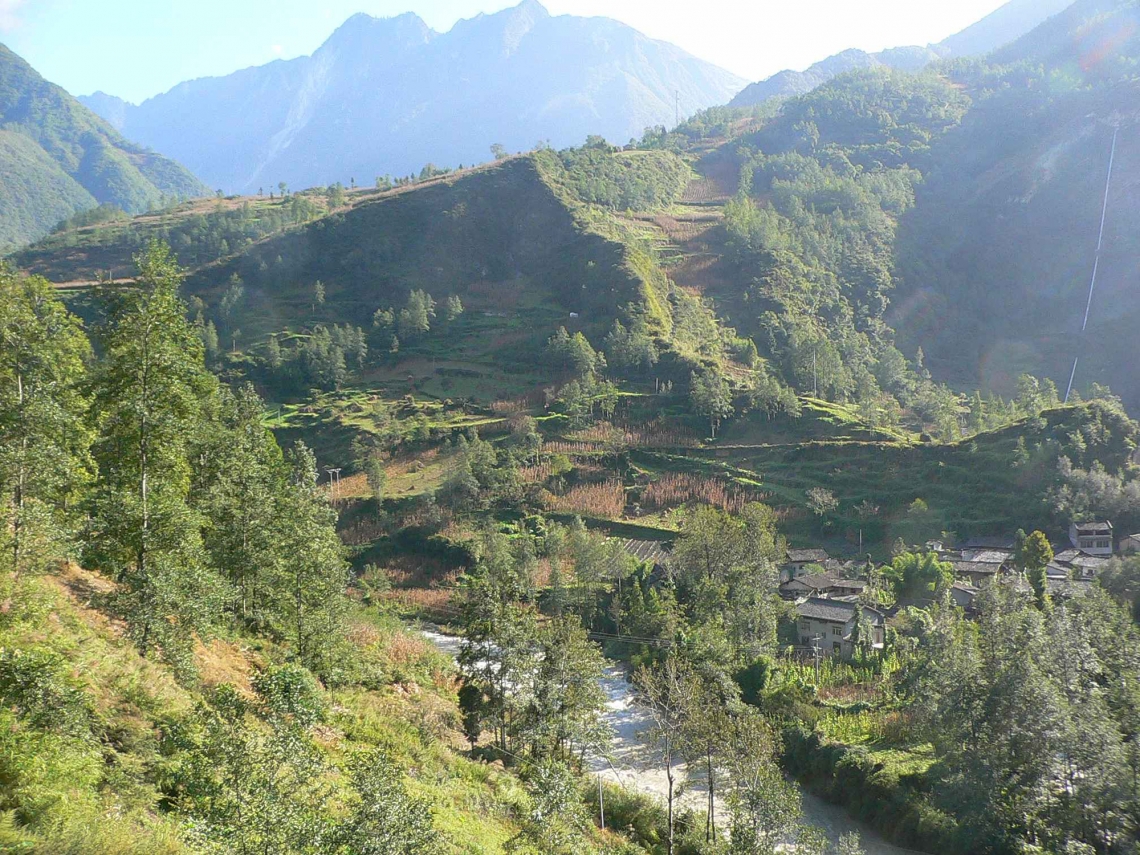
Asiatic black bear_U thibetanus_China_cornfield near bear habitat_D Garshelis
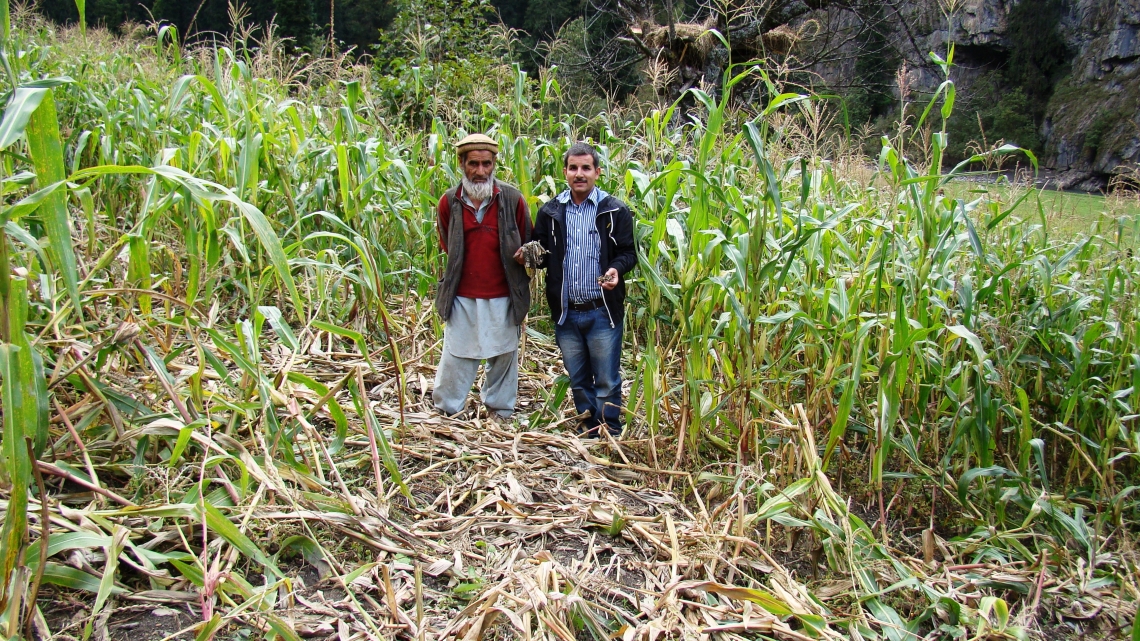
Asiatic black bear_U thibetanus_Pakistan_bear damaged cornfield_Md N Awan

Asiatic black bear_U thibetanus_Japan_bark stripping damage to plantation_S Koike
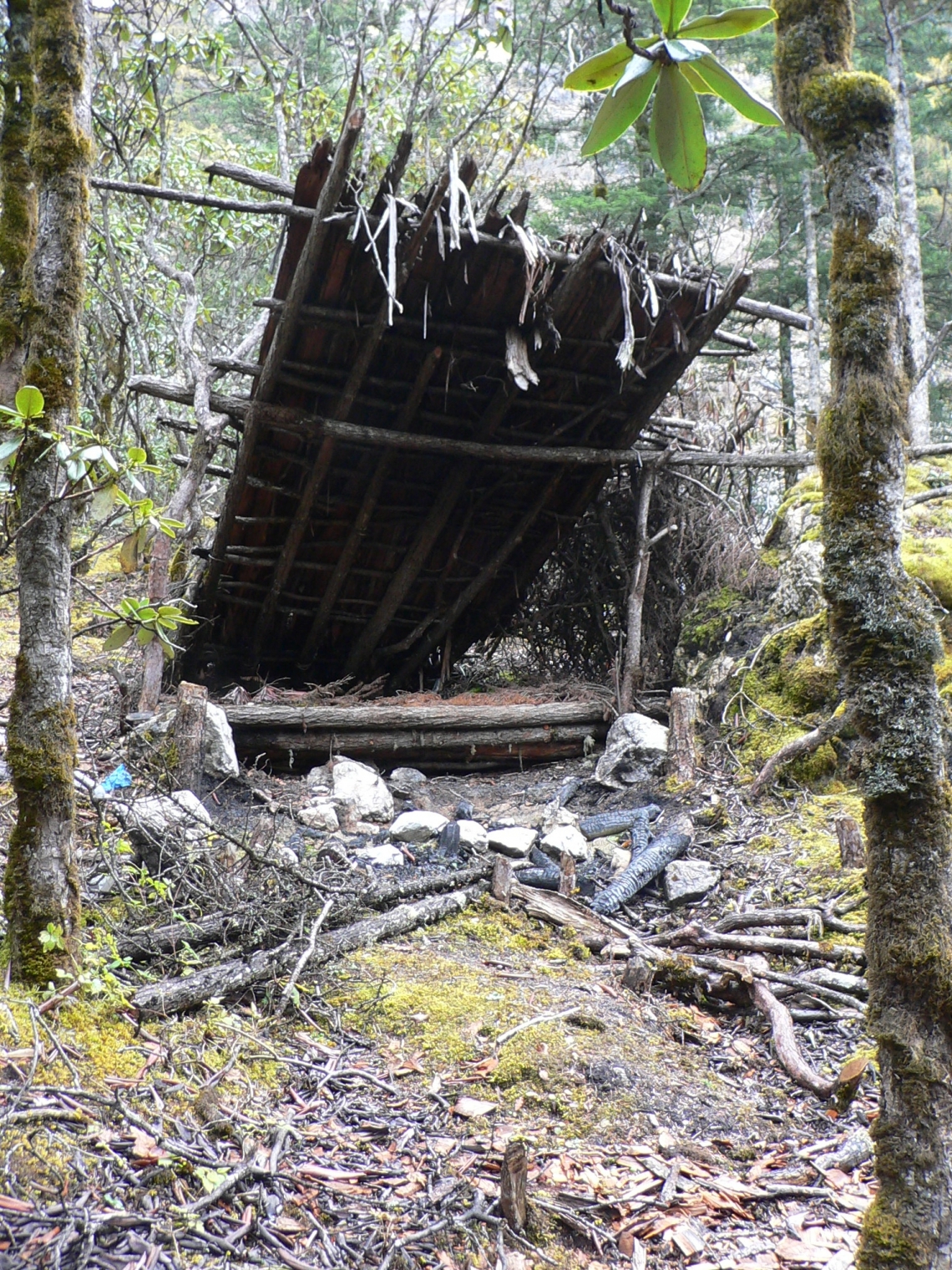
Asiatic black bear_U thibetanus_China_poaching camp_D. Garshelis
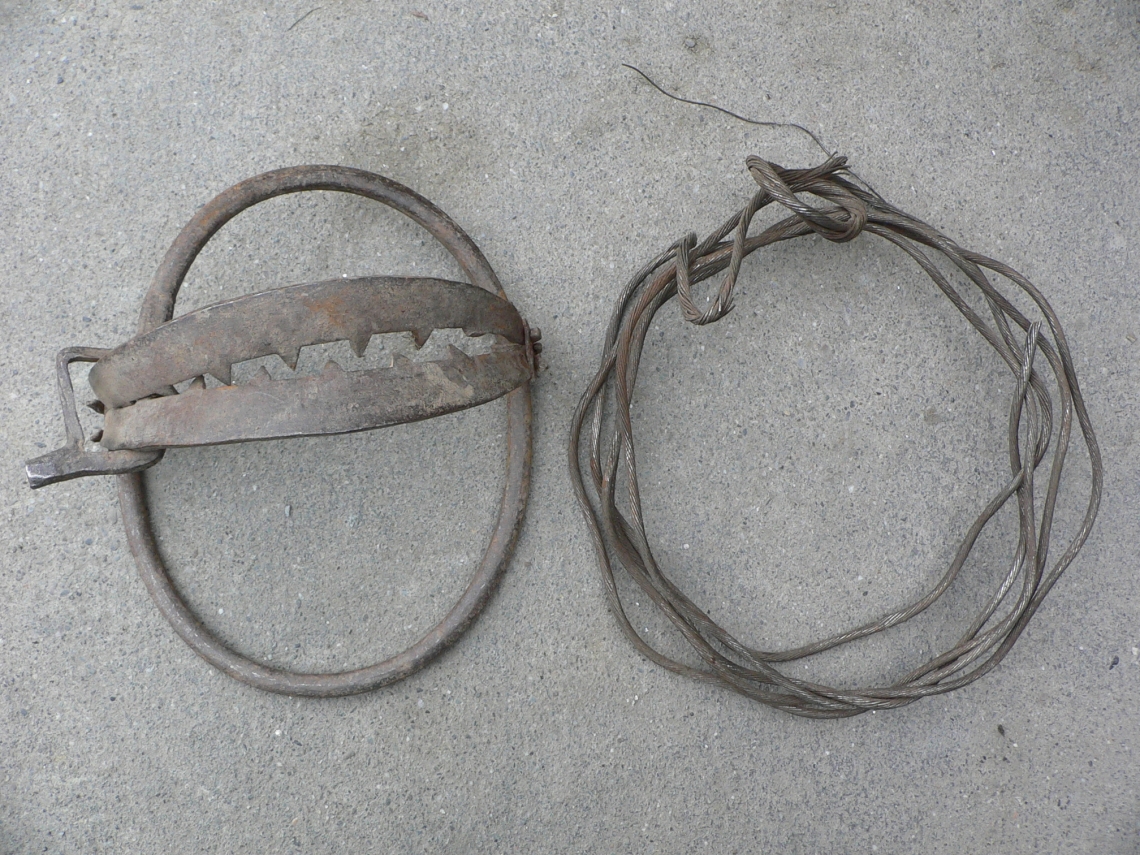
Asiatic black bear_U thibetanus_China_traps found in bear habitat_D Garshelis
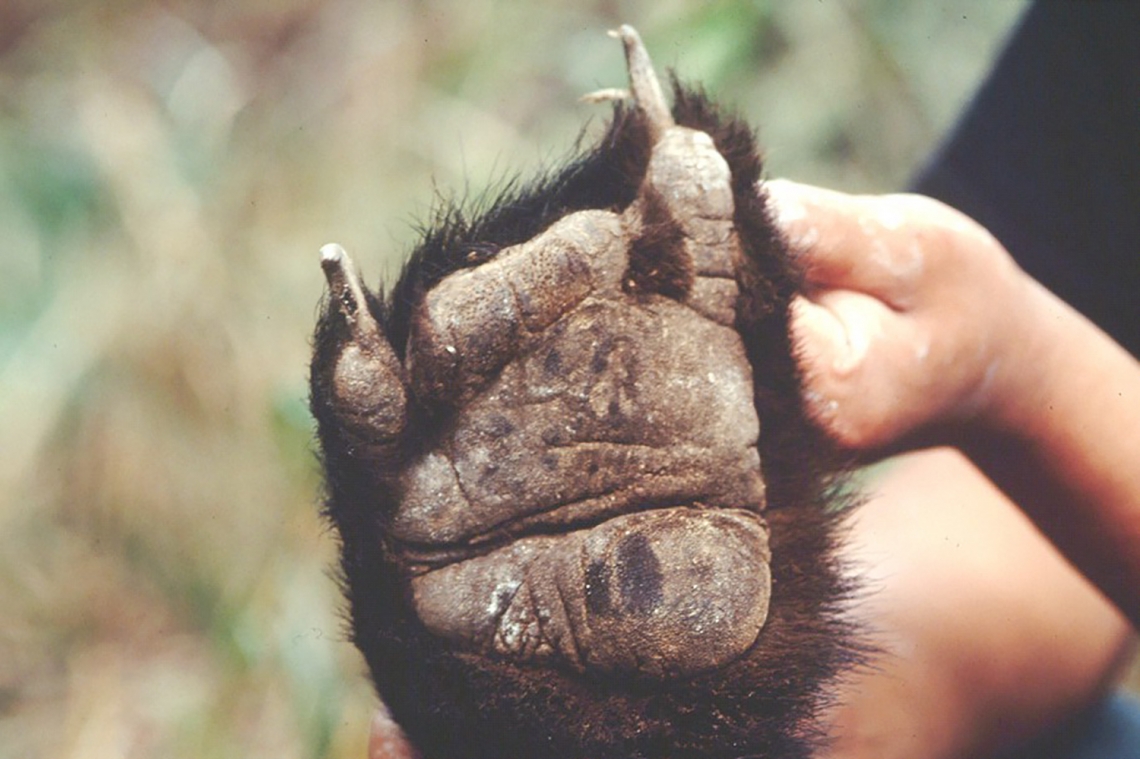
Asiatic black bear_U thibetanus_Taiwan_damaged paw from poachers snare_Mei-hsiu Hwang
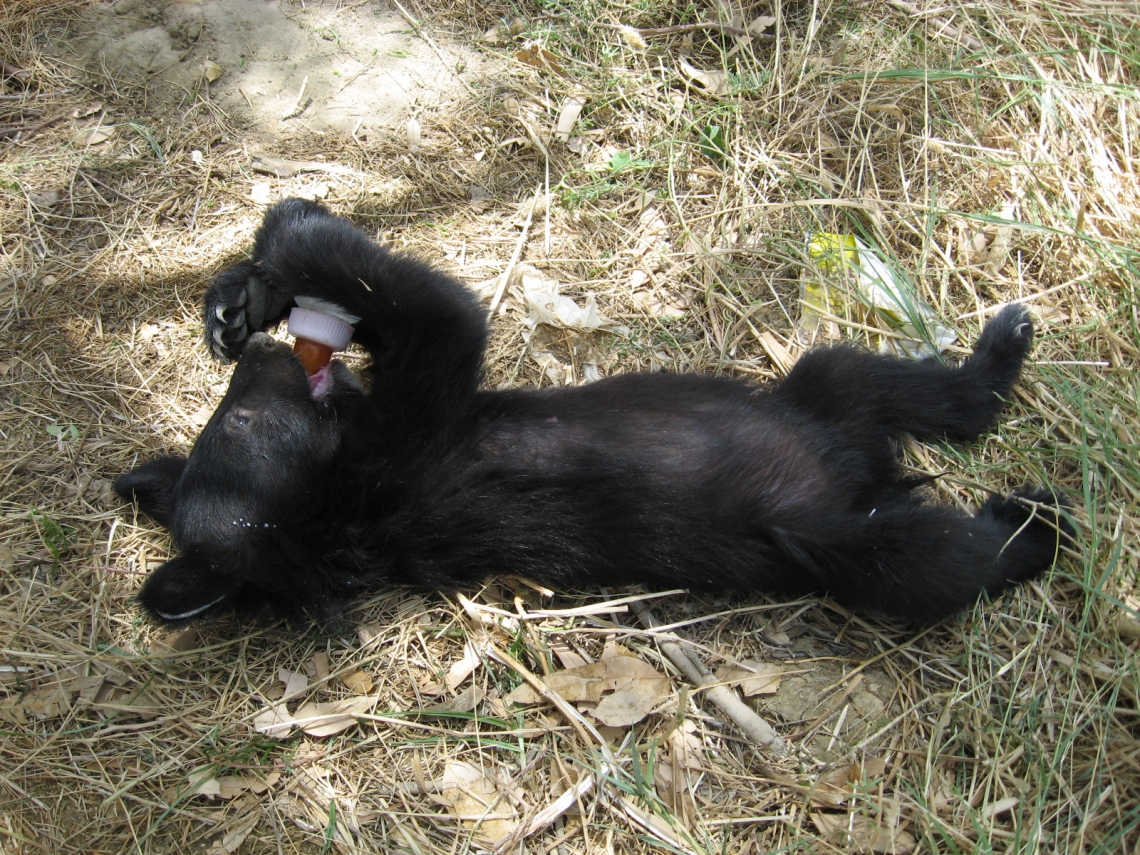
Asiatic black bear_U thibetanus_Iran_orphaned bear cub_Tayebeh
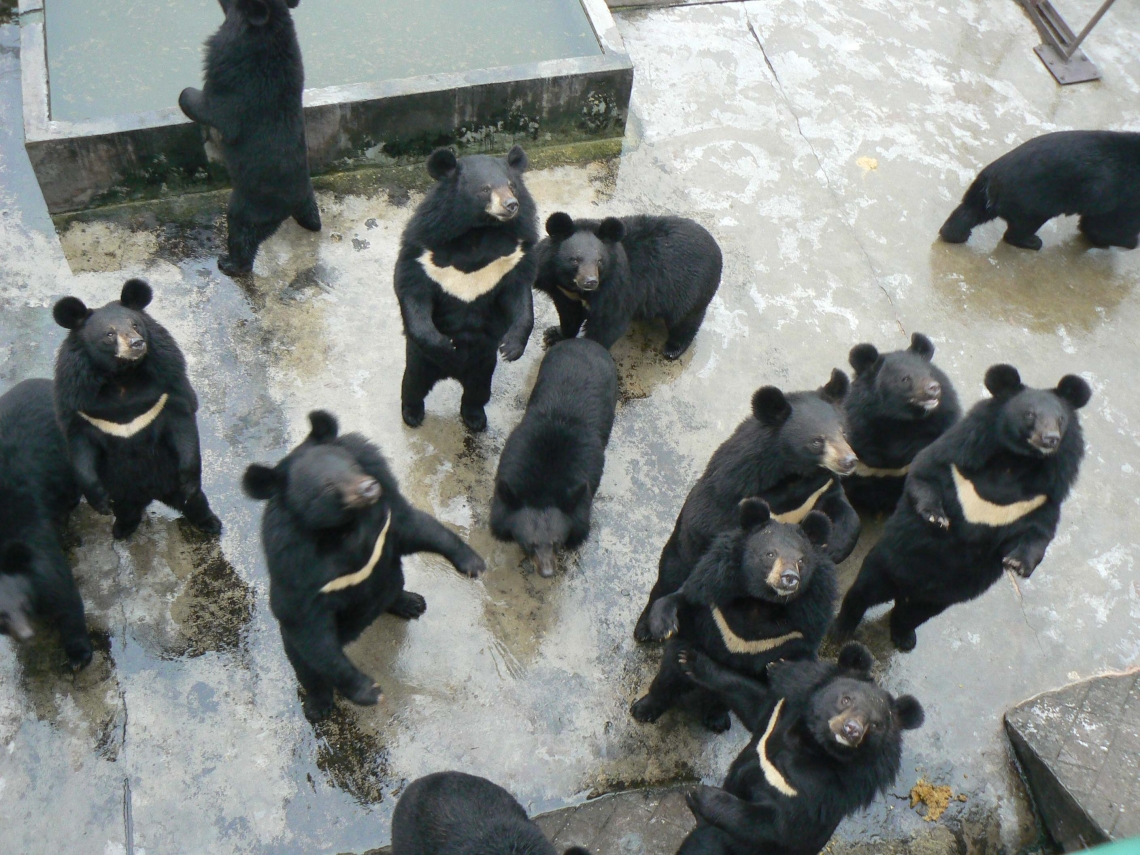
Asiatic black bear_U thibetanus_China_bear farm_D Garshelis
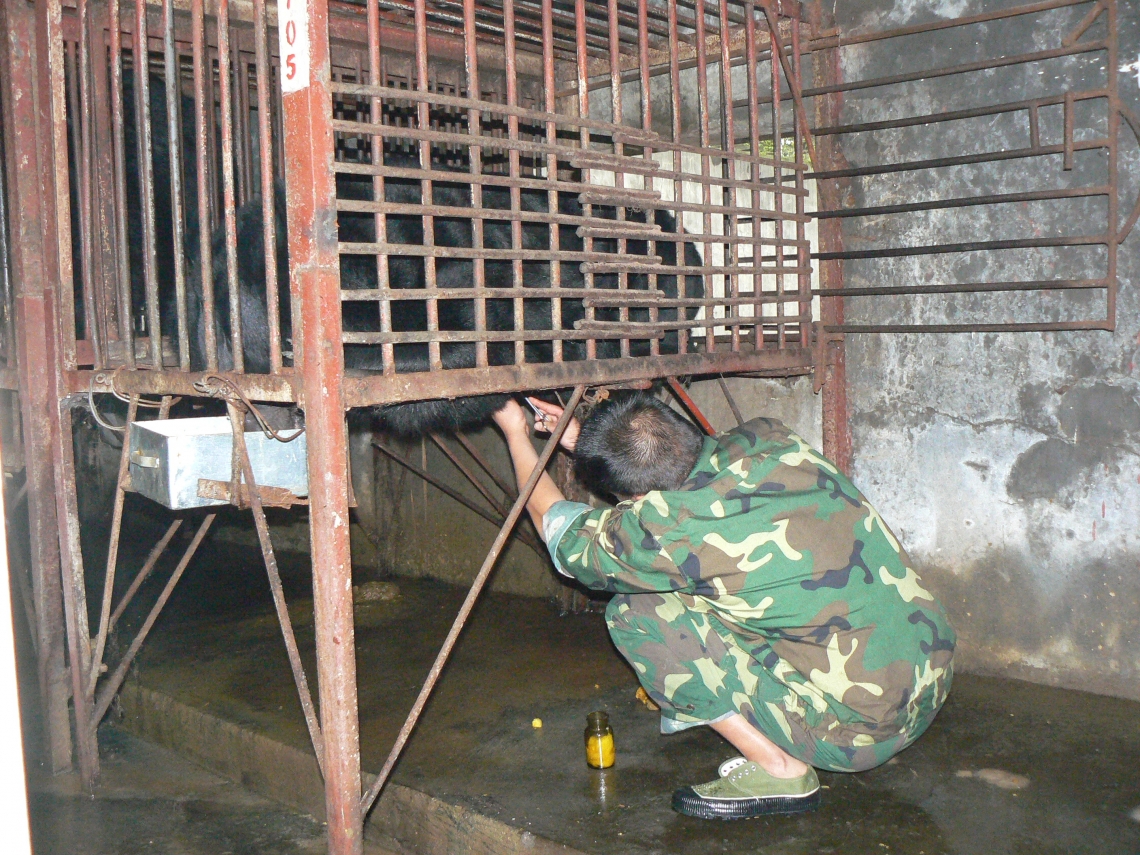
Asiatic black bear_U thibetanus_China_bear farm bile milking_D Garshelis
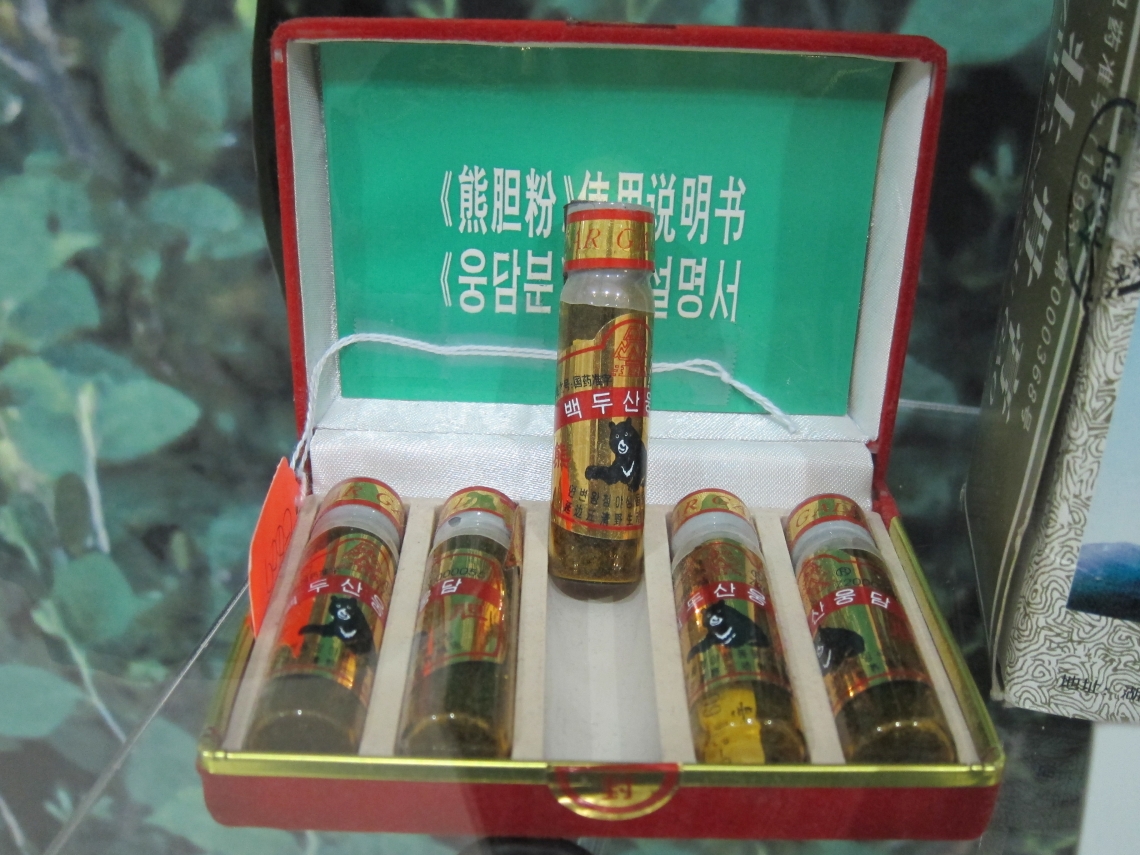
Asiatic black bear_U thibetanus_China_farmed bear bile_D Garshelis
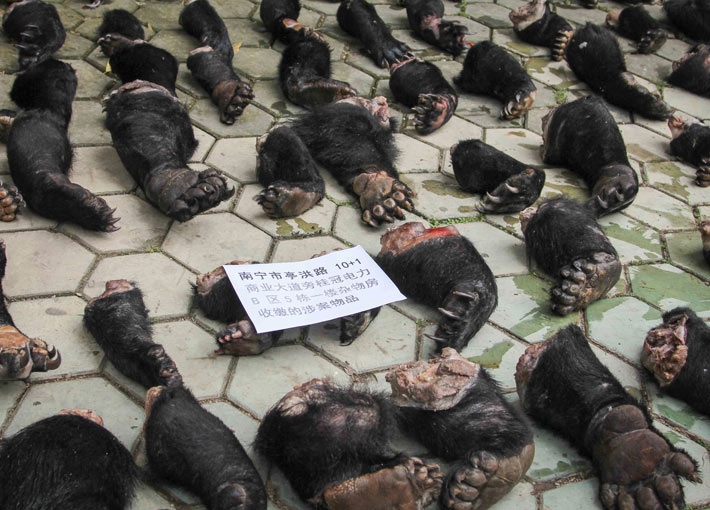
Asiatic black bear_U thibetanus_Nanning China_bear paw seizure 2012 141 paws